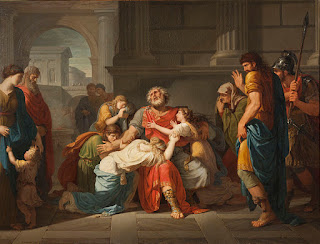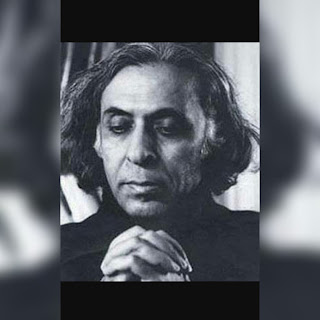The Hairy Ape
B.A Text
The Hairy Ape
Considered one of America’s greatest
twentieth century dramatists by scholars and critics alike, Eugene
O’Neill was awarded four Pulitzer Prizes, as well as the 1936 Nobel
Prize in Literature. The son of actor James O’Neill, he was educated at
private schools and briefly at Princeton; after six months of illness in
a tuberculosis sanatorium, he enrolled in George Pierce Baker’s
playwriting course at Harvard University, an experience that solidified
O’Neill’s determination to be a playwright.
The Hairy Ape,
a long one-act play containing eight scenes, was written in 1921 and
performed in March of 1922. Its background lies in O’Neill’s own sojourn
at sea, and its burly central figure, Yank, is patterned after Robert
Driscoll, a stoker acquaintance of O’Neill who was similarly proud of
his physical strength. Driscoll’s suicide at sea prompted O’Neill to
imagine the factors that might have led to it.
The play explores the place of human beings
in the universe. In an increasingly dehumanized modern society, the
individual no longer is in harmony with nature. Paddy speaks poetically
about in the first scene about the days when “a ship was part of the
sea, and a man was part of a ship, and the sea joined all together and
made it one.” The Hairy Ape draws
a stark contrast between that idyllic past and the alienated present,
asking if modern individuals can find a home in mechanistic, industrial
society. O’Neill seems to reject this possibility. Yank’s animal nature,
dramatized through his strength and physical appearance, is contrasted
with the fragility of the would-be social worker, Mildred. Representing
an affluent but insensitive society, Mildred makes a pitiful effort to
reach out to those of a lower class, but her ancestry has rendered her
weak and lethargic, and she is unable even to stay conscious in Yank’s
presence.
The conflict between the individual and
society is repeated in Yank’s Fifth Avenue confrontation with the
unfeeling, churchgoing marionettes, who infuriate him with their
materialistic delight in the monkey-fur coat and their blindness to his
existence. In his encounter with the Wobblies, Yank continues his quest.




Comments
Post a Comment